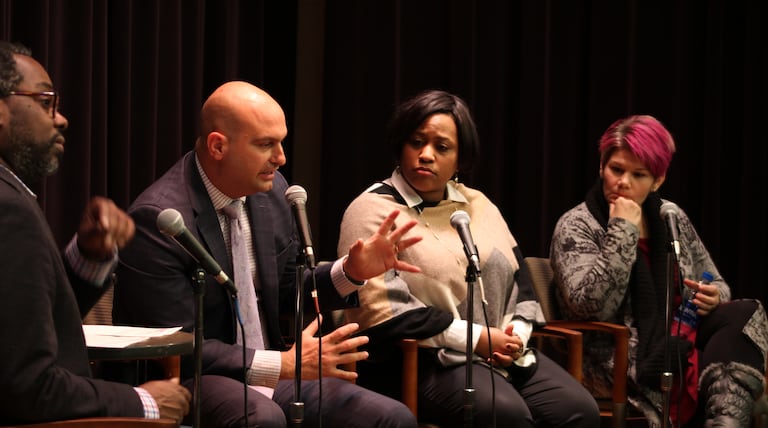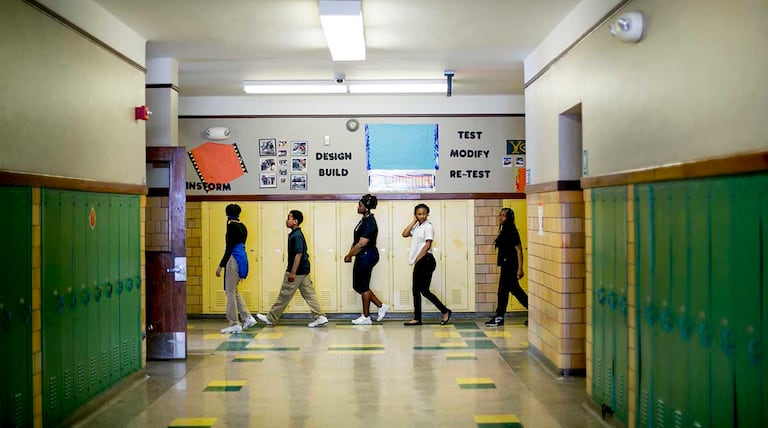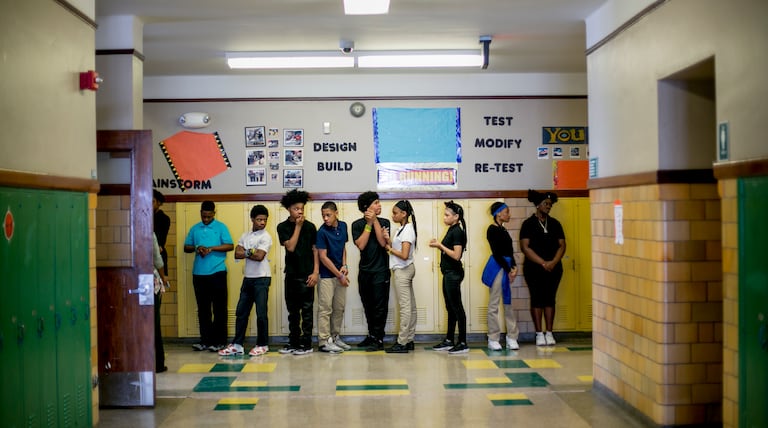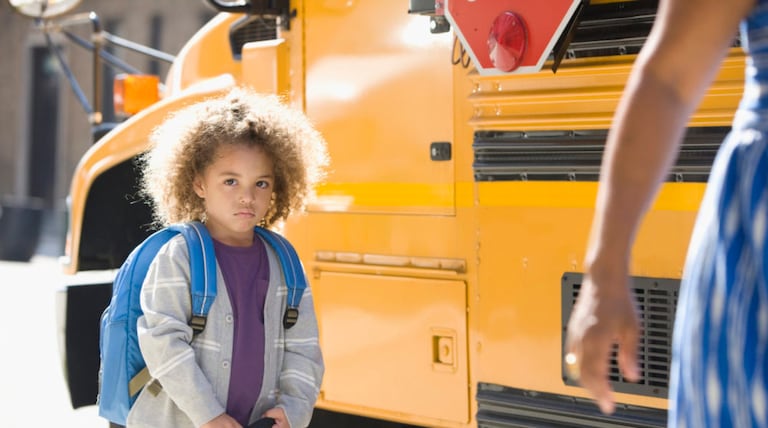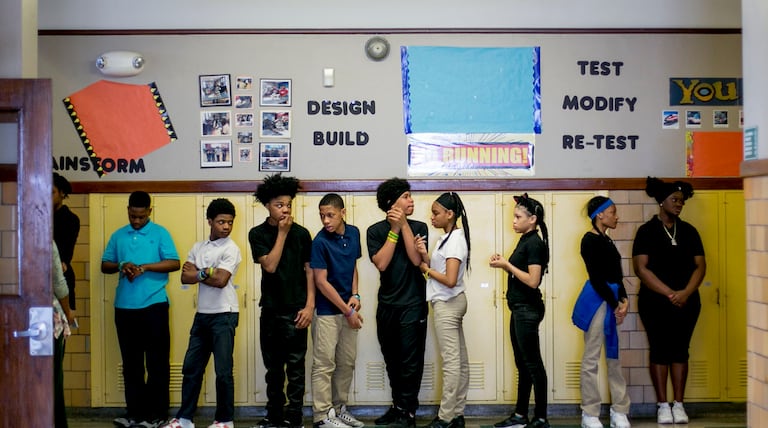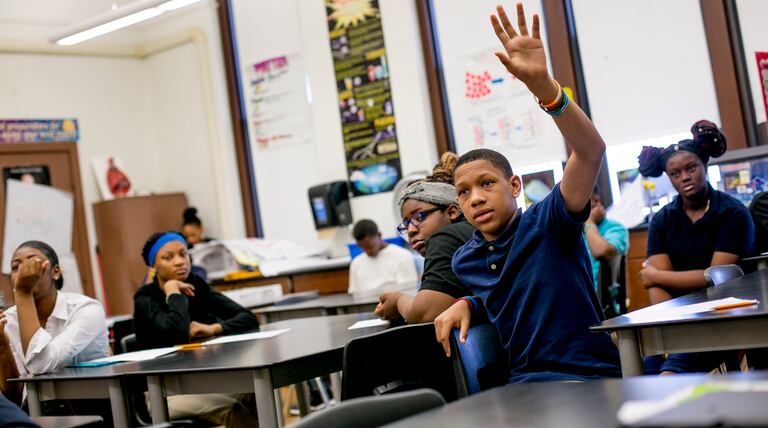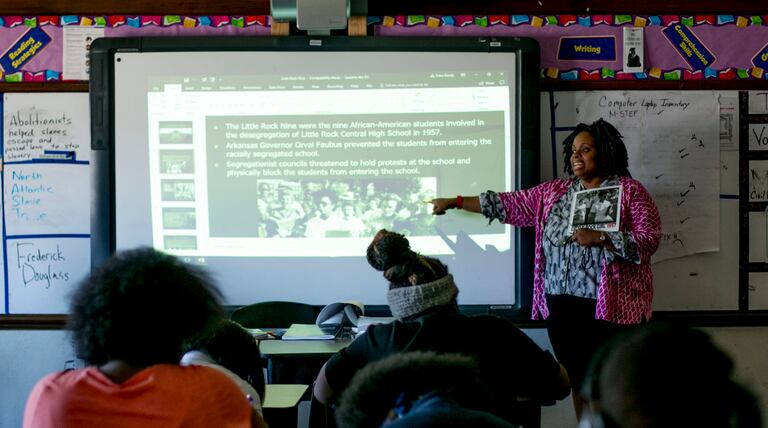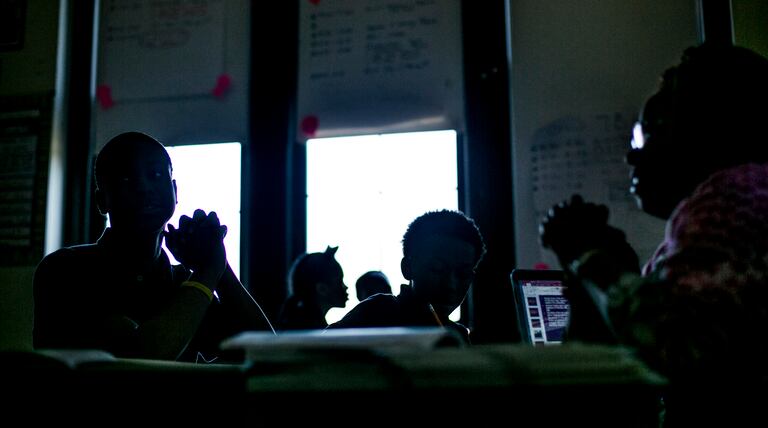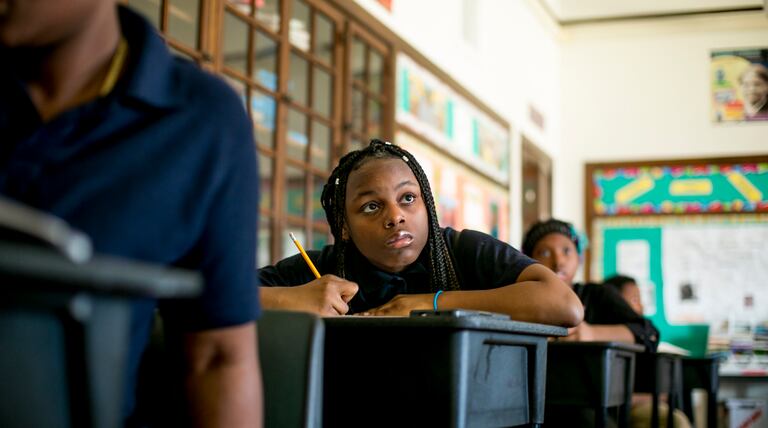Moving Costs
How students changing schools disrupts Detroit classrooms, a joint project from Chalkbeat and Bridge Magazine.
As Detroit education leaders gathered Thursday night to find solutions to the problem of students frequently changing schools, it was clear that the stakes for Detroit’s students could not be higher. When Alisanda Woods, the principal of Detroit’s Bethune Elementary-Middle School took the stage at the Detroit Public
The discussion, 6 to 8 p.m. Nov. 15 at the main branch of the Detroit Public Library at 5201 Woodward, will be recorded and later aired on WDET's “Detroit Today” and DPTV's “American Black Journal.”
A Milwaukee newspaper that surveyed the education departments in all 50 states found that half don’t collect or post data on students hopping around. And of states that do collect the data, the numbers they collect are so inconsistent that making state-to-state comparisons is nearly impossible.
One day after an investigation by Chalkbeat and Bridge Magazine found 1 in 3 Detroit elementary students switched schools every year, candidates Bill Schuette and Gretchen Whitmer said their education plans could help.
Spend time in almost any Detroit school, and educators will tell you that perhaps the single most significant factor standing in the way of children’s success is this: Students change schools.
Overwhelmingly, in a survey conducted by Chalkbeat and Outlier Media, Detroit parents said they moved their children to new schools because they wanted better for their child — a safer school, a cleaner school, the kind of school where their children could thrive.
When students frequently change schools, that has serious consequences for kids. For their teachers, it’s a recipe for heartbreak.
One or two students leave Bethune Elementary-Middle School every week, but only a handful notify the school of their plans to leave. The rest have to be found.
To solve the problem of Detroit students changing schools would require sweeping policy changes to both stabilize housing and improve the quality of public education. But schools and policymakers could also take simpler, smaller steps to help ease the crisis. Here are five of them.

